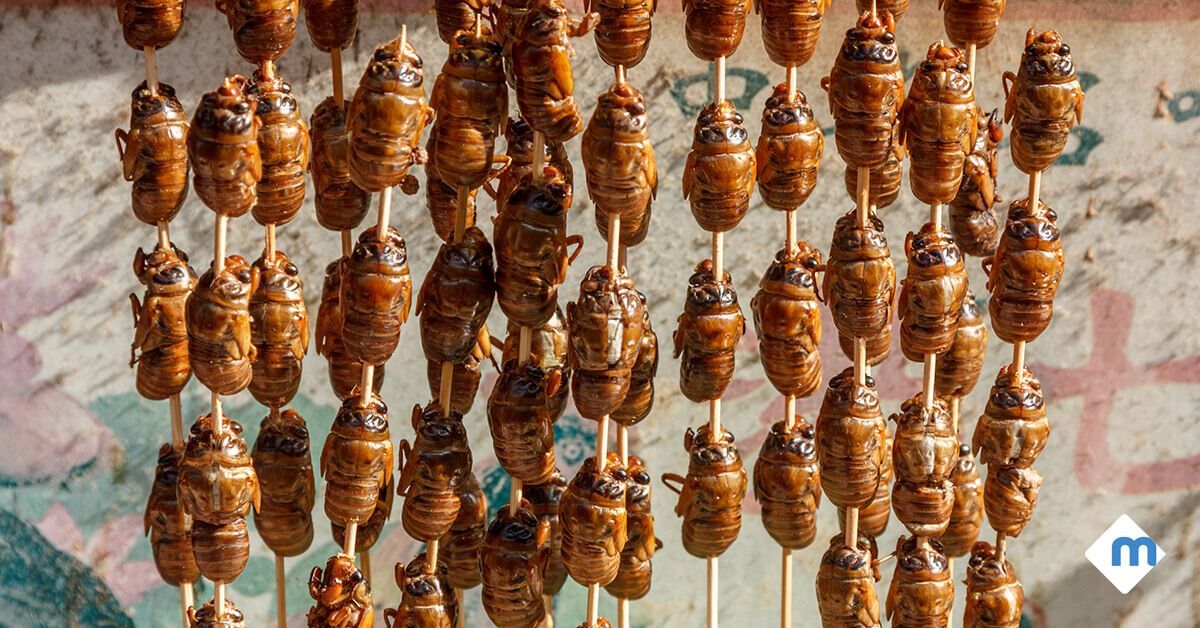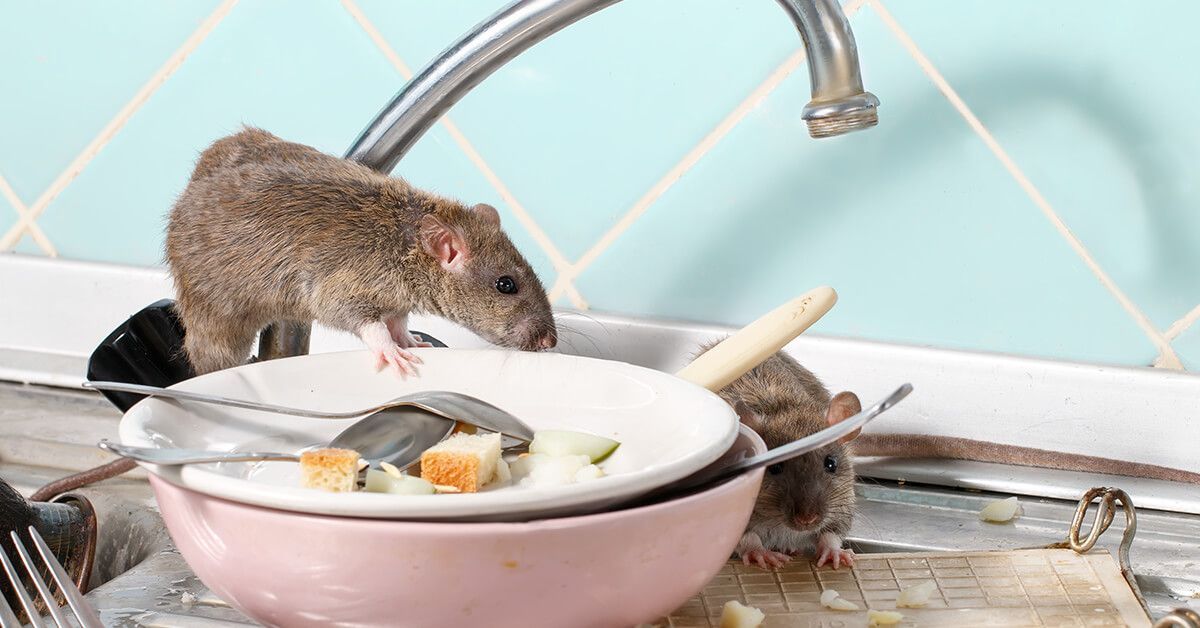Trichonephila clavata, also known as the ‘Joro Spider’, is a member of the golden orb-web spider genus. The spider can be found throughout Japan, Korea, Taiwan, China, and more recently, northeast Georgia. Joro spiders are easily identified by their larger size and distinctive, gold-tinted multi-layered webs. Here Local Exterminator discusses everything you need to know the joro spider and its invasion into the state of Georgia.
Identifying The Joro Spider
- Size – The Joro spider is known for having a large-sized abdomen with even longer legs. Females are roughly 0.66 to 0.98 inches (1.7 – 2.5 cm) and males have been found to be roughly 0.27 to 0.39 inches (0.70 – 1 cm). Female joro spiders have even been identified in the state of Georgia having leg spans measuring 3 to 4 inches (7.62 – 10.16 cm).
- Color – Female spiders have deep blue and yellow bands on their legs, and the abdomen is an infusion of red, yellow, and black in asymmetrical patterns. Males are plainer as they only have a brown body.
- Sightings – Joro spiders are typically seen mostly during the fall months (September & October).
- Lifespan – (1) Year
Origin
Dangerous To Humans?
With their long-banded legs and large abdomens, these spiders may seem intimidating, but they’re NOT dangerous to people. Like all spiders, they’re venomous, but a single bite could be compared to a small bee sting. However, unless a person is specifically allergic to Joro spiders, they shouldn’t be concerned.
Prevention
There are many ways to prevent spiders from entering your home. Here are a few:
- Keep a tidy home.
- Don’t leave food out that will attract other insects, in turn attracting spiders.
- Vacuum up spider webs on a regular basis.
- Seal up any cracks or entry points in your home.
- Keep up with landscaping. Don’t keep plants or vegetation directly against your home.
Spider Control In Metro Atlanta
All of these things may help to eliminate and prevent spiders, however, only a qualified pest control professional can ensure that the spider infestation in your house has been properly dealt with. Here at Local Exterminator we have three decades worth of necessary skills and experience to treat your spider infestation correctly so that you can rest assured spiders aren’t crawling around in your home.






